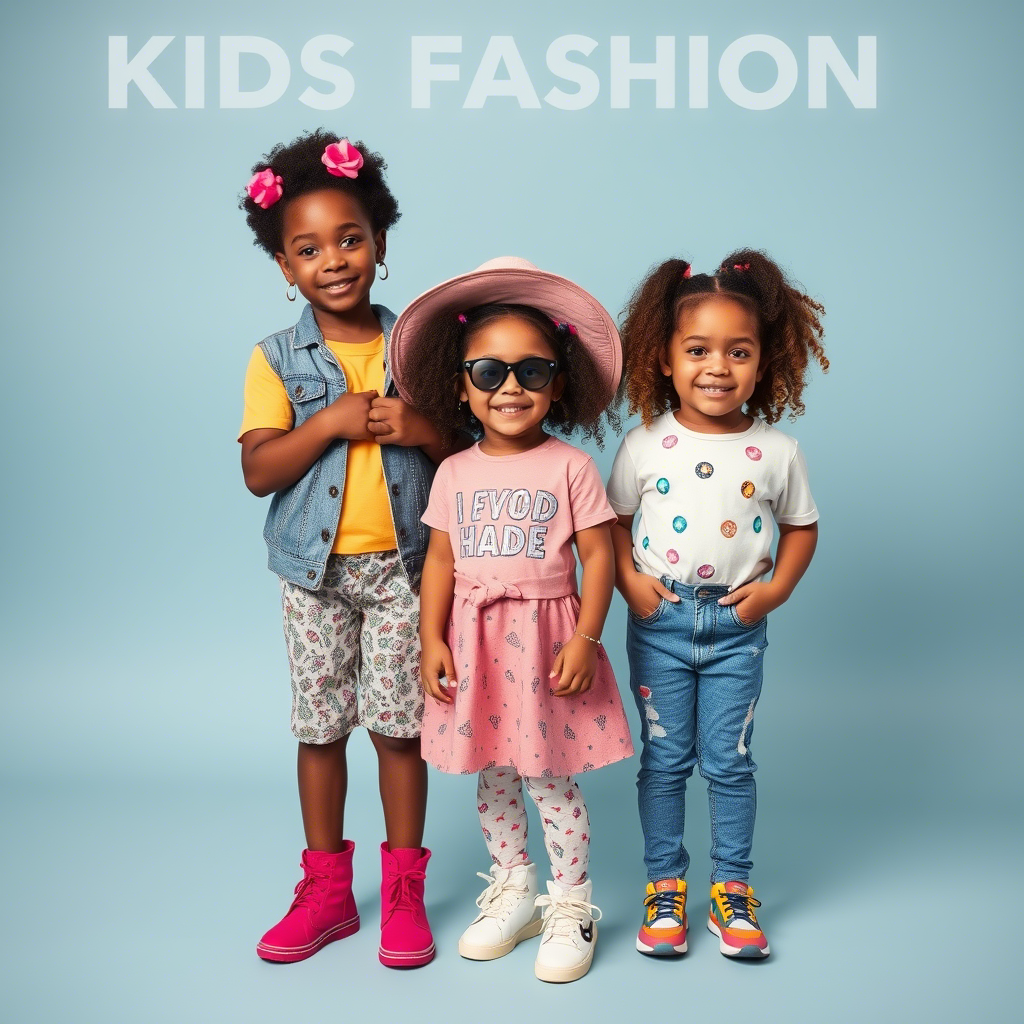Kids Fashion Clothing Manufacturers in China and USA
The kids’ fashion industry has experienced significant growth in recent years, driven by increasing demand for stylish, high-quality, and comfortable clothing. As a result, manufacturers in China and the USA have become key players in this market. In this article, we will explore the landscape of kids’ fashion clothing manufacturers in these two countries, highlighting their strengths, weaknesses, and trends.
Overview of Kids Fashion Industry
The global kids’ fashion market is projected to continue growing, with an expected compound annual growth rate (CAGR) of 5% from 2023 to 2028. This growth is driven by factors such as increasing disposable incomes, changing consumer preferences, and the rising influence of social media on kids’ fashion trends.
 China and the USA are among the leading countries in kids’ fashion manufacturing, with China being the largest exporter of children’s clothing.
China and the USA are among the leading countries in kids’ fashion manufacturing, with China being the largest exporter of children’s clothing.
Kids Fashion Clothing Manufacturers in China
China has been the dominant player in the global kids’ fashion manufacturing industry for decades. The country’s manufacturers offer a range of benefits, including:
- Low Labor Costs: China’s large workforce and relatively low labor costs enable manufacturers to produce clothing at competitive prices.
- Advanced Manufacturing Infrastructure: Many Chinese manufacturers have invested heavily in modern production facilities, ensuring efficient and high-quality production processes.
- Diverse Product Range: Chinese manufacturers offer a wide range of kids’ clothing products, from casual wear to formal wear, and from basic to high-end fashion.
 Some Chinese manufacturers have also made significant investments in technology, such as automated production lines and digital printing.
Some Chinese manufacturers have also made significant investments in technology, such as automated production lines and digital printing.
Kids Fashion Clothing Manufacturers in USA
The USA is also a significant player in the kids’ fashion manufacturing industry, with a focus on:
- High-Quality Products: American manufacturers are known for producing high-quality kids’ clothing that meets strict safety and quality standards.
- Sustainable and Eco-Friendly Practices: Many US manufacturers prioritize sustainability, using environmentally friendly materials and production methods.
- Innovative Designs: American kids’ fashion brands often incorporate the latest trends and styles into their designs, making them popular among parents and kids alike.
For example, some US manufacturers offer boys’ coats that are both stylish and durable.
 US manufacturers also tend to focus on creating clothing that is comfortable and functional, making it suitable for everyday wear.
US manufacturers also tend to focus on creating clothing that is comfortable and functional, making it suitable for everyday wear.
Comparison of Chinese and US Manufacturers
When comparing Chinese and US kids’ fashion manufacturers, several key differences emerge:
- Production Costs: Chinese manufacturers generally have lower production costs due to lower labor costs and economies of scale.
- Quality Control: US manufacturers tend to have stricter quality control measures in place, ensuring higher-quality products.
- Lead Times: Chinese manufacturers often have longer lead times due to factors such as shipping distances and customs clearance.
Trends and Opportunities
The kids’ fashion industry is subject to various trends and opportunities, including:
- Sustainability: The growing demand for eco-friendly and sustainable clothing is driving manufacturers to adopt more environmentally friendly practices. You can explore more about sustainable kids clothing at lezonkids.
- Digitalization: The increasing use of digital technologies, such as e-commerce and social media, is changing the way kids’ fashion manufacturers operate and market their products.
- Customization: The rise of customization and personalization is creating new opportunities for manufacturers to offer tailored products that meet individual customers’ needs.
Conclusion
In conclusion, kids’ fashion clothing manufacturers in China and the USA play important roles in the global industry. While Chinese manufacturers offer competitive pricing and a diverse product range, US manufacturers prioritize high-quality products and sustainable practices. By understanding the strengths and weaknesses of manufacturers in both countries, businesses can make informed decisions when sourcing kids’ clothing products. As the industry continues to evolve, manufacturers that adapt to trends such as sustainability and digitalization are likely to remain competitive.

Comments